Май 18-24 is the week that we celebrate Oregon Invasive Weed Awareness Week!
This is the one week of the year to reflect on the invasive weeds impacting Oregon and for us to begin taking steps to combat these aggressive and harmful invaders. This year we want you to join others across Oregon in learning more about invasive weeds.
Что такое инвазивные сорняки?
When many people think of “weeds” they conjure images of a common yard or garden pest like dandelions. While these weeds may be bothersome in home landscapes, their overall impact is minimal. These weeds are best described as “opportunistic” in that they spread only into areas that have been disturbed or artificially maintained. More troubling are those plants that are characterized as “invasive weeds”.
Invasive weeds are plants that live outside their historic geographical range, and whose aggressive growth has a detrimental effect on our social, economic, or ecological resources. The three key components of invasive weeds are they:
- Do not historically occur in our area, but have been brought in either intentionally or unintentionally through human action.
- Exhibit aggressive growth which displaces native or desirable vegetation, and will continue to spread unless actively managed.
- Have a negative impact on our community.
Почему это должно вас волновать?
Invasive weeds negatively impact us in a variety of ways. Invasive weeds are known to…
- Вытесняют местную растительность
- Снижение урожайности
- Наносят вред рыбе и дикой природе
- Негативно влияют на здоровье человека
- Нанесение ущерба имуществу и инфраструктуре
- Сокращение кормов для домашнего скота и диких животных
- Снижение стоимости недвижимости
- Усиление эрозии
- Снижение качества и количества воды
- Ограничить землепользование
- Нарушение экологических процессов
Предотвращая распространение этих инвазивных сорняков и активно борясь с известными инвазиями, мы можем минимизировать их воздействие.
Узнайте, прежде чем выращивать
Один из основных путей распространения инвазивных сорняков - это непреднамеренный занос их садоводами и домовладельцами. Многие инвазивные сорняки впервые появились в садоводстве отчасти потому, что они выносливы и просты в выращивании. К сожалению, многие черты, которые делают растение привлекательным, также способствуют тому, что оно становится инвазивным. Поэтому очень важно знать, что делать, прежде чем выращивать.
Прежде чем высаживать новые растения в своем дворе, потратьте время на то, чтобы узнать о них. Изучите растение, чтобы узнать его требования и определить, может ли оно быть инвазивным. Если растение является инвазивным, не распространяйте его дальше. Вместо этого выберите неинвазивную альтернативу, которая обеспечит такой же вид вашего двора, но не станет проблемой. Такие справочники, как GardenSmart Oregon и Western Garden Wise помогут вам выбрать неинвазивные растения для вашего двора.
10 ways you can celebrate Oregon Invasive Weed Awareness Week!
- Learn more about invasive weeds in our area. Check out the WeedWise program’s weed list. Learn to recognize some of our common invaders and keep an eye out for signs of new ones. Walk around your property or neighborhood and learn about the invasive plants growing all around you. Finding an infestation early on is crucial to stopping its spread!
- Join the effort. Oregon Invasive Weed Awareness Week is the perfect time to commit yourself to participating in a volunteer weed pull or restoration event in your community. There are many volunteer opportunities occurring across the state, so find one in your neighborhood.
- Become a Weed Watcher. One of the best strategies for combating invasive weeds is to identify new infestations before they have a chance to spread. You can learn how to identify and report new infestations, by attending a remotely held weed watcher training. Check the 4-County Cooperative Weed Management Area web page for upcoming trainings.
- Visit a natural area. Spend an afternoon at a local park, garden, or natural area and familiarize yourself with the flora in your area.
- Read a book. There are countless field guides about invasive species. But for a quick introduction, we recommend that you download a free copy of Field Guide to Weeds of the Willamette Valley If you want to get really serious you can download a copy of one of the most influential weed guides ever made, Weeds of the West.
- Consider a donation. Our watershed councils and many local nonprofits are actively working to control invasive weeds. They rely upon grants and donations to support their efforts. Learn more about local organizations working to control invasive weeds and consider donating your time or resources.
- Start a garden. Replace your invasive landscape plants with native alternatives. Our partners at the Backyard Habitat Certification Program have resources available to help you manage your home landscape for invasive weeds, and plant hardy native plants to benefit wildlife in our area.
- Help make policy. Oregon Invasive Weed Awareness Week is the perfect time to share your thoughts with policymakers. Write a letter to your local lawmakers. Express your opinions and concerns about the impact of invasive weeds on our communities and natural resources.
- Pledge to give invasive weeds the brush off! One of the primary ways that invasive weeds spread is through dirty boots and equipment. Join others in pledging to clean boots, shoes, and tires before and after recreating in an area.
- Spread awareness. Tell your friends, family, neighbors, and others about invasive weeds. Pick at least three people to talk to this week to raise awareness about invasive weeds. Encourage them to get involved with Oregon Invasive Weed Awareness Week in their own way!
Enjoy Oregon Invasive Weed Awareness Week and thanks for helping to spread the word and not the weeds!




